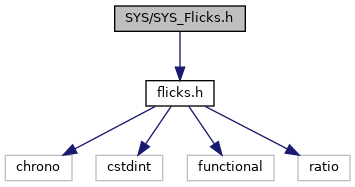

A key transcriptional response to ADM/PanIN development is the dramatically increased expression of the physiological activator of the coagulation system, Tissue Factor (TF). ADM progresses to pancreatic intraepithelial neoplasia (PanIN) lesions that develop into PDAC.

PDAC is typically initiated by acinar cells acquiring an activating mutation in the KRAS protooncogene, which causes cells to transition to a duct-like state known as acinar-ductal metaplasia (ADM). Unfortunately, there has been little progress in shifting patient outcome over the past 40 years, highlighting the need for innovative approaches to define the molecular pathways that influence PDAC development. Patients with PDAC have a five-year survival rate of 7%, and that number drops to 2% for individuals with metastatic disease. Pancreatic ductal adenocarcinoma (PDAC) has the highest mortality rate of all cancers, is rapidly becoming the second leading cause of cancer deaths in the U.S., and is estimated to cost the health care system $2.4 billion each year.Working with our collaborative basic science and clinical partners in the BRC provides an unparalleled opportunity for rapidly advancing our understanding of the multifaceted role of the hemostatic system in hemostasis, thrombosis, and beyond. We utilize mouse models to analyze specific mechanisms by which proteins such as prothrombin, fibrinogen, and plasminogen contribute to the progression of inflammatory, infectious, and malignant disease. Our role in the Blood Research Center (BRC) is to provide a unique perspective on the contribution of coagulation and fibrinolytic factors to a wide spectrum of disease pathologies, independent of the traditional roles of these factors in bleeding and thrombosis.


 0 kommentar(er)
0 kommentar(er)
